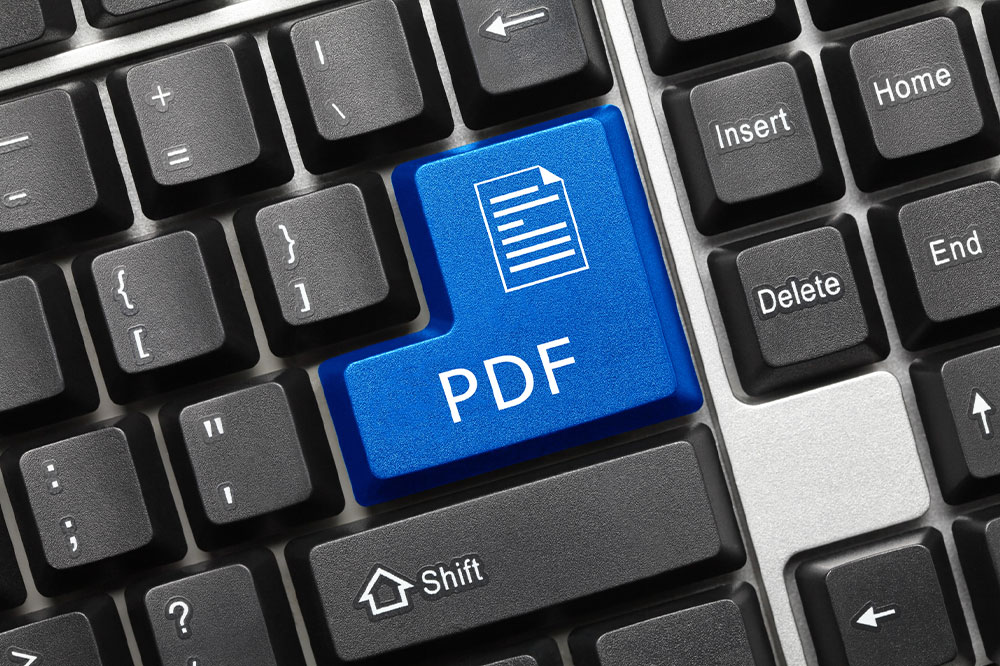Top 10 Strategies for Crafting a Clear and Effective User Guide
Learn how to create effective user manuals with practical tips on audience understanding, content structuring, visual inclusion, and proofreading. This guide ensures your instructions are clear, comprehensive, and user-friendly, improving customer experience and reducing support issues.
Sponsored

Even with an exceptional product, without a well-designed user guide in PDF or print, customers may face difficulties understanding how to operate it. An effective manual provides detailed instructions, enabling users to fully grasp features and troubleshoot issues. Writers must focus on clarity, simplicity, and usability when creating instruction manuals to enhance user experience and reduce support queries.
Understand Your Audience
Knowing your target users helps tailor the content and presentation style. For example, technical jargon is suitable for expert technicians but confusing for general consumers. Adapt language and technical detail accordingly.
Define the Manual's Objective
Clarify whether the guide is for product operation, maintenance, or troubleshooting. This focus influences the content structure and necessary details, ensuring users quickly find relevant information.
Create a Checklist of Important Details
Once audience and purpose are clear, compile a list of all essential topics, steps, tips, and warnings. This prevents key points from being overlooked and ensures comprehensive coverage of the product.
Utilize Templates for Consistency
Templates streamline manual creation by providing ready-made formats. They facilitate easy inclusion of tables, images, and links, maintaining visual consistency and professionalism. Downloadable templates in PDF or Word formats are widely available online.
Employ Simple, Clear Language
Make instructions easy to understand by avoiding complex terminology unless necessary. Explain technical terms clearly when used. Maintain a respectful tone without oversimplifying the information.
Maintain Clarity and Brevity
Use precise language, short sentences, and active voice to communicate efficiently. Break down complex concepts into manageable sections, ensuring readability and quick comprehension.
Add Visuals for Better Understanding
Incorporate diagrams, images, and videos where appropriate. High-quality visuals help clarify instructions and enhance engagement. Label visuals clearly for easy reference.
Include a Table of Contents
A detailed table of contents at the beginning enables users to navigate directly to needed sections. Use color-coding or search features in digital formats for improved accessibility.
Design for Readability
Use clean fonts like Arial or Calibri, at least 10-point size. Structure content with headings, subheadings, numbered lists for steps, and bulleted points to ensure clarity and ease of use.
Proofread Thoroughly
After completing the manual, review carefully for grammatical errors, clarity, and accuracy. Consider hiring a professional proofreader for a second opinion, ensuring a polished, mistake-free guide.





